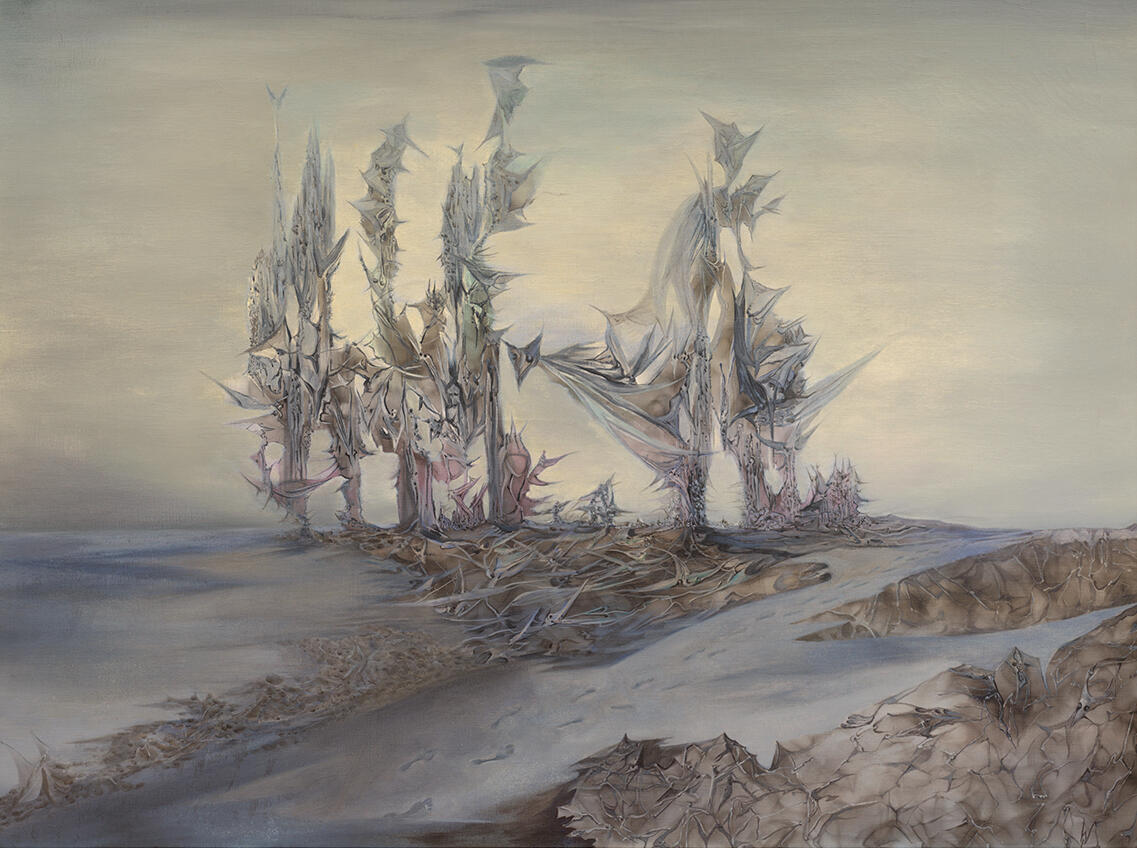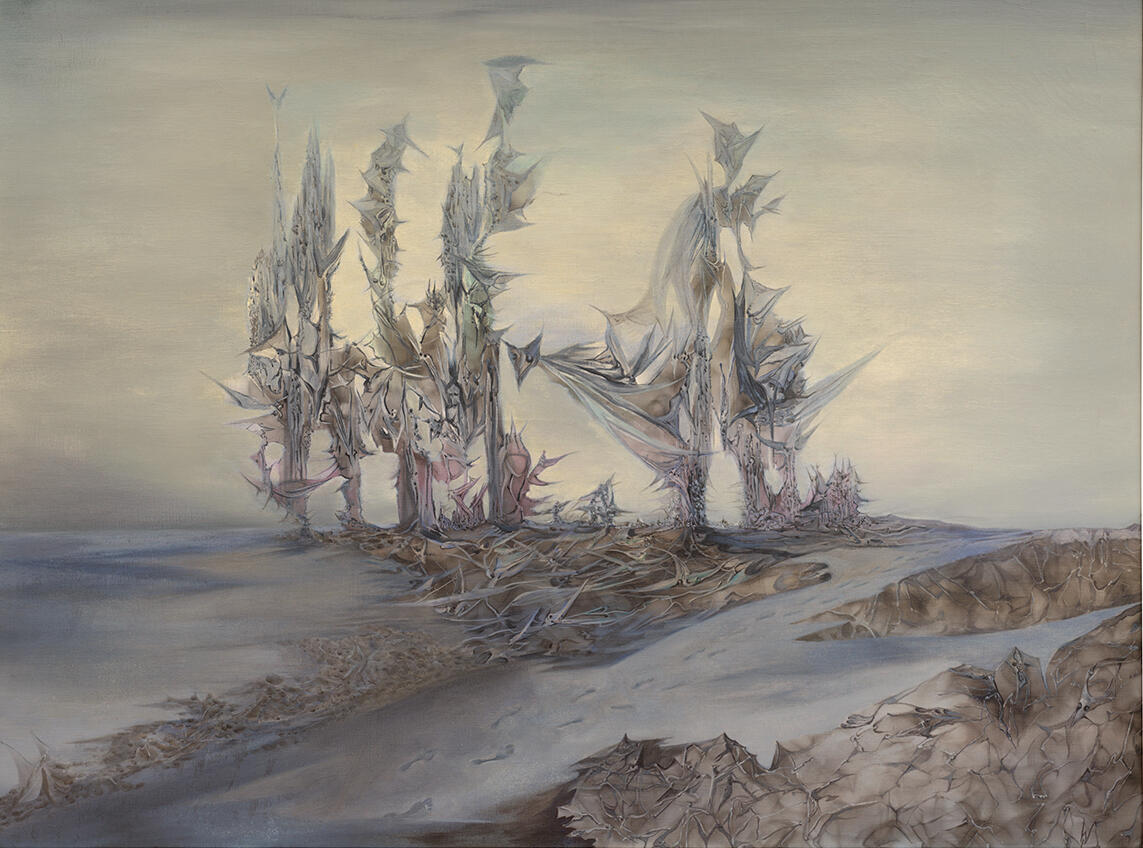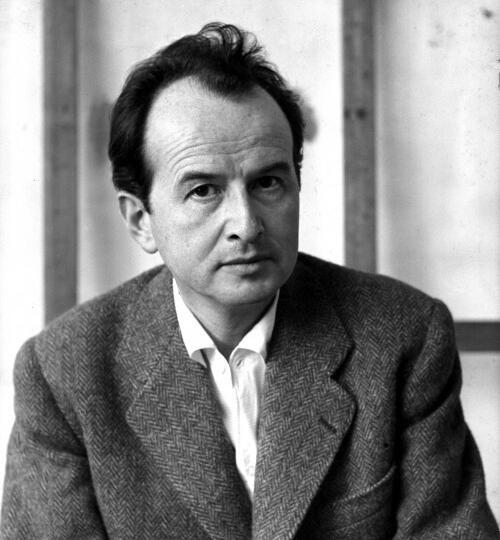
Wolfgang Paalen
Wolfgang Paalen (1905–1959) was an Austrian-born surrealist painter, theorist, and art critic known for his experimental fumage technique and influential role in the Surrealist movement. He lived and worked in Europe, the United States, and Mexico, shaping cross-cultural dialogues in modern art.
Wolfgang Paalen and Surrealism
Wolfgang Paalen emerged as one of the most intellectually adventurous figures associated with Surrealism, constantly seeking to expand the movement’s scope beyond its European origins. Born into a cultured, multilingual family, he spent much of his youth traveling across Europe, absorbing artistic and philosophical influences from Paris, Berlin, and Rome. His early work reflected a fascination with metaphysical and abstract forms, but he quickly moved toward a personal visual language that balanced abstraction with an oneiric, suggestive atmosphere.
Mexico
Wolfgang Palen and Mexico
By the late 1930s, Paalen had become a respected voice within the Surrealist group in Paris, contributing not only as an artist but as a thinker. His interest in pre-Columbian art, anthropology, and non-Western cosmologies deepened after his relocation to Mexico in 1939, where he developed friendships with Frida Kahlo, Diego Rivera, and other members of the country’s vibrant cultural scene. This move marked a decisive turn in his artistic development: his canvases began to incorporate spatial structures inspired by indigenous architecture, natural rock formations, and cosmic landscapes.
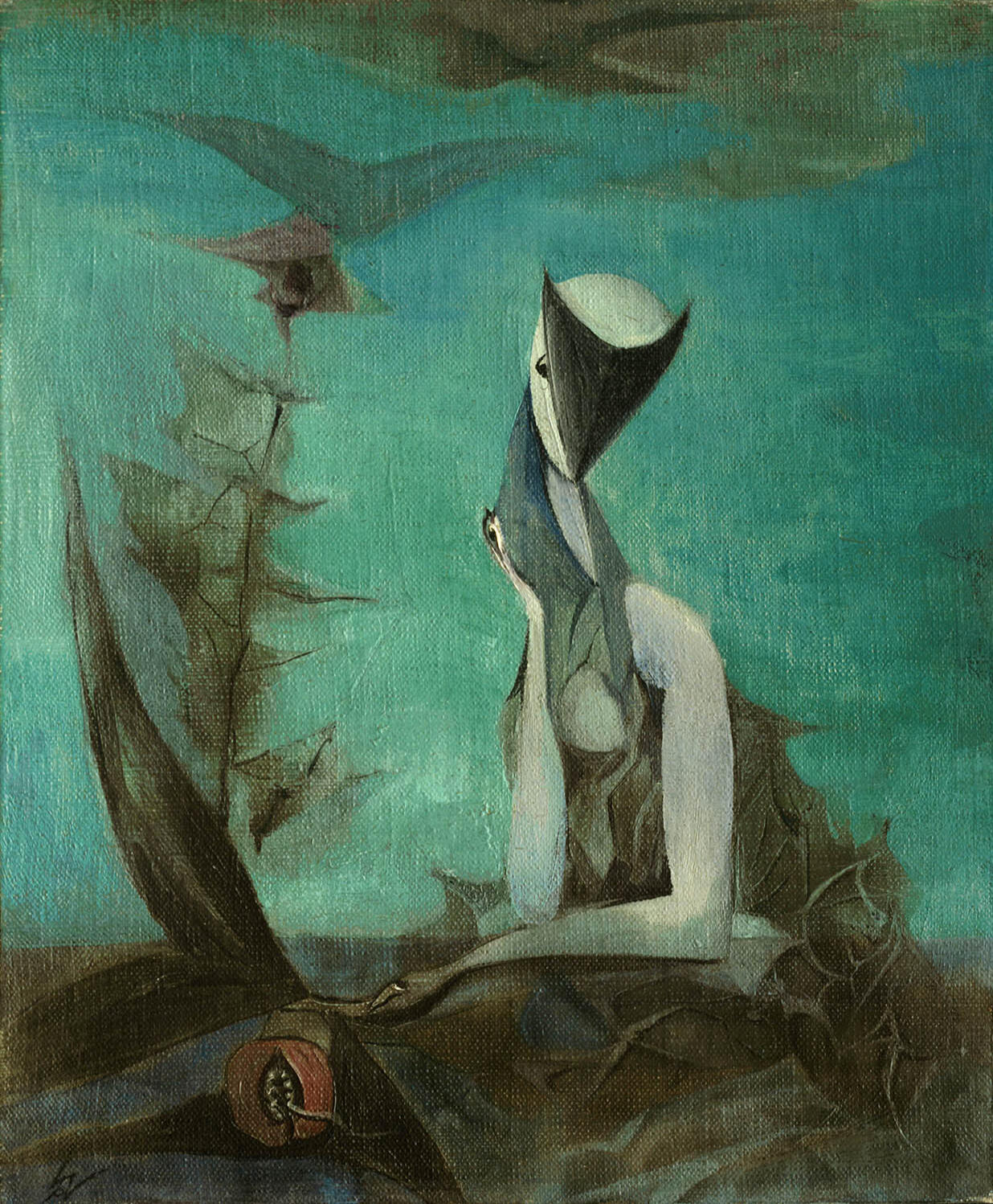
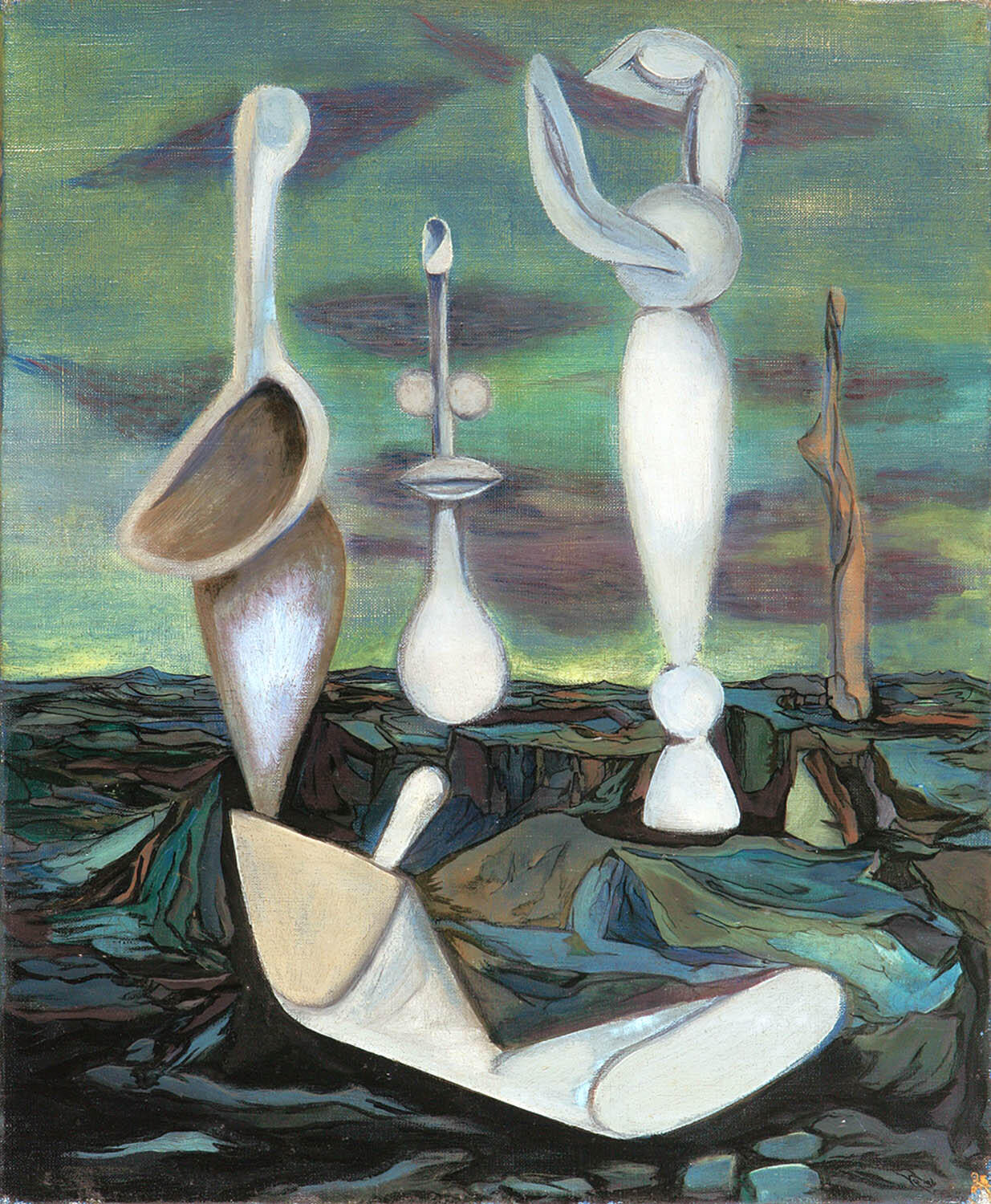
Dyn
Wolfgang Paalen and Dyn
Paalen was also an influential publisher and editor. Through his bilingual magazine Dyn (1942–1944), he offered a platform for dialogue between European avant-garde traditions and the modern art of the Americas, introducing concepts that anticipated elements of Abstract Expressionism. His essays in Dyn challenged some of the orthodoxies of André Breton’s Surrealism, advocating for a broader, more open-ended approach to art-making that embraced scientific thought, evolutionary theory, and new philosophical perspectives.
Space
Space Landscapes
In his painting, Paalen sought to evoke mental states and cosmic forces rather than depict literal scenes. His palette often featured muted earth tones contrasted with bursts of luminous color, and his compositions suggested shifting perspectives, weightless forms, and atmospheric depth. Later works, such as his “space landscapes,” moved toward a lyrical abstraction, anticipating developments in mid-century American painting.
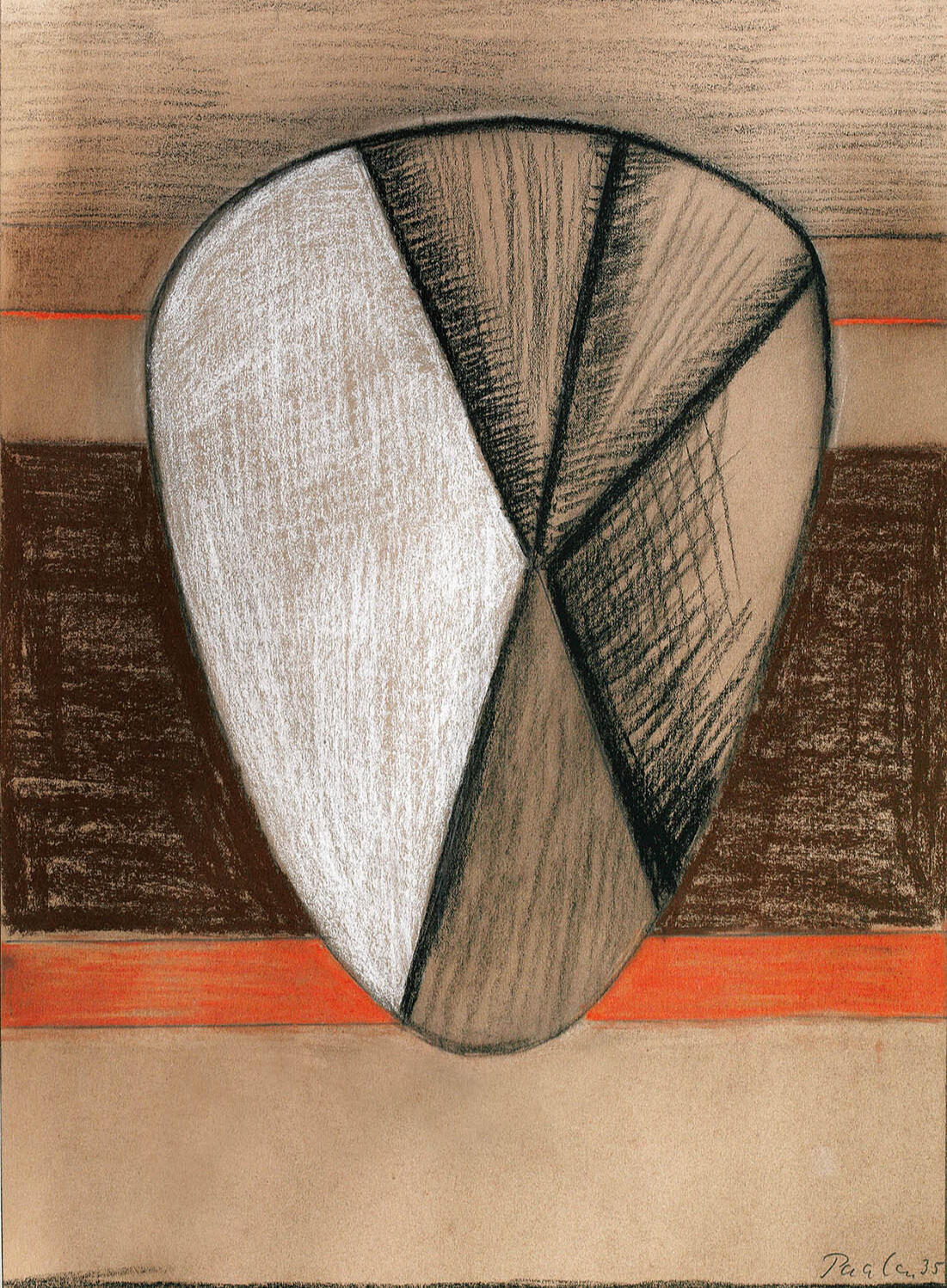
Wolfgang Paalen
Although his life was cut short in 1959, Paalen’s influence persisted through both his writings and his art. His fusion of Surrealist automatism with a profound engagement in anthropology, science, and indigenous traditions positioned him as a bridge between the European avant-garde and the emerging modernism of the Americas. Today, his work is recognized for its intellectual rigor, cultural breadth, and ability to transcend geographic and stylistic boundaries, making him a singular figure in 20th-century art history.
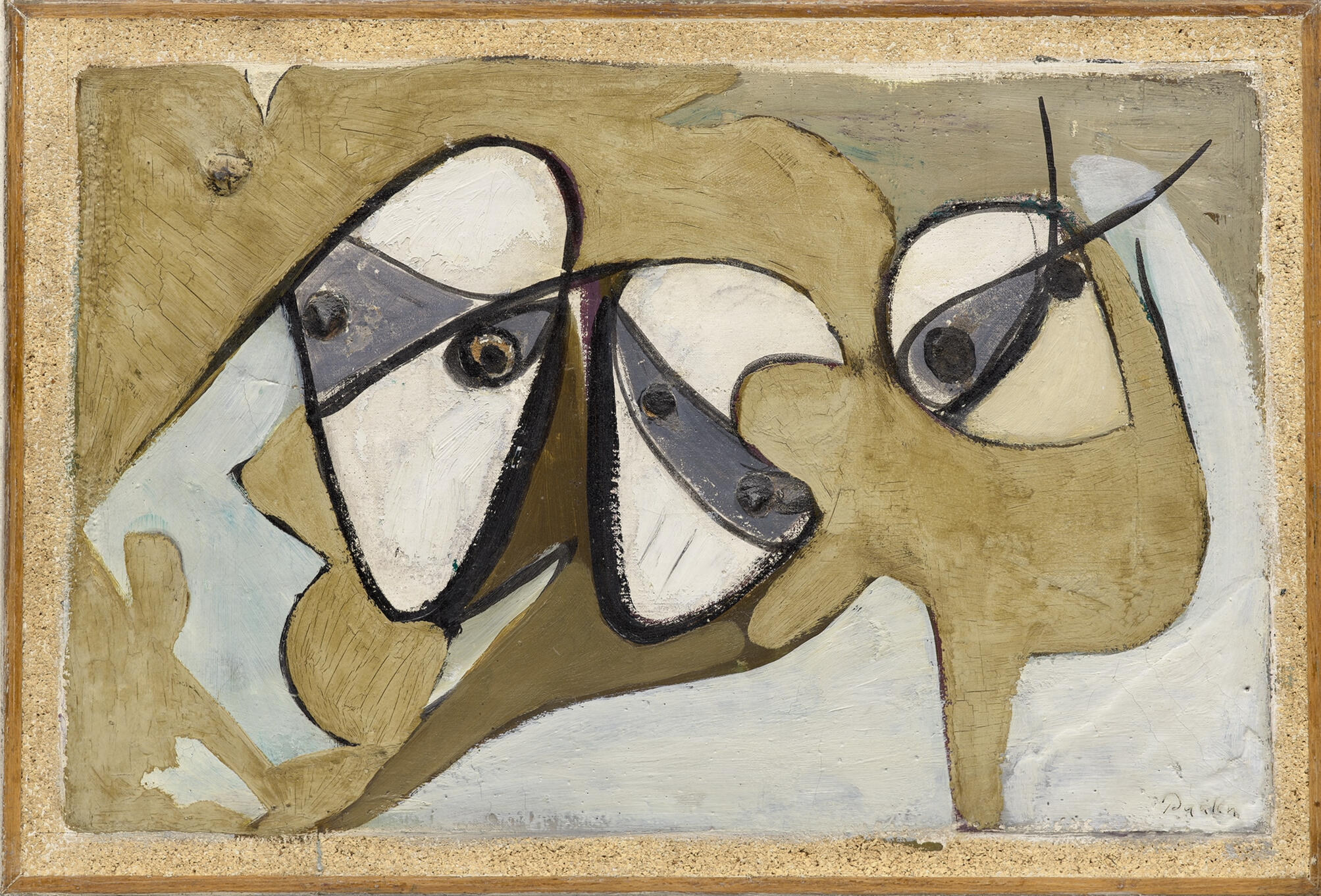
Vienna
Born in Vienna in 1905 to an Austrian–French family, Paalen grew up in a culturally rich environment and was exposed to art, literature, and philosophy from an early age.
Mexico
Lived and worked across Europe before relocating to Mexico in 1939, where he became part of the country’s avant-garde cultural network.
Surrealism
Biomorphic Abstraction
Early works combined Surrealist automatism with biomorphic abstraction, evoking dreamlike atmospheres and ambiguous spatial depth.
Fumage
Fumage
Developed the experimental fumage technique, using candle smoke to create ethereal, abstract textures on canvas and paper.

Pre Columbian Art
Deeply influenced by pre-Columbian art and indigenous cosmologies, integrating these into both his visual art and theoretical writing.
Dyn
Founded and edited Dyn (1942–1944), a bilingual art and philosophy magazine that connected European Surrealism with American modernism.
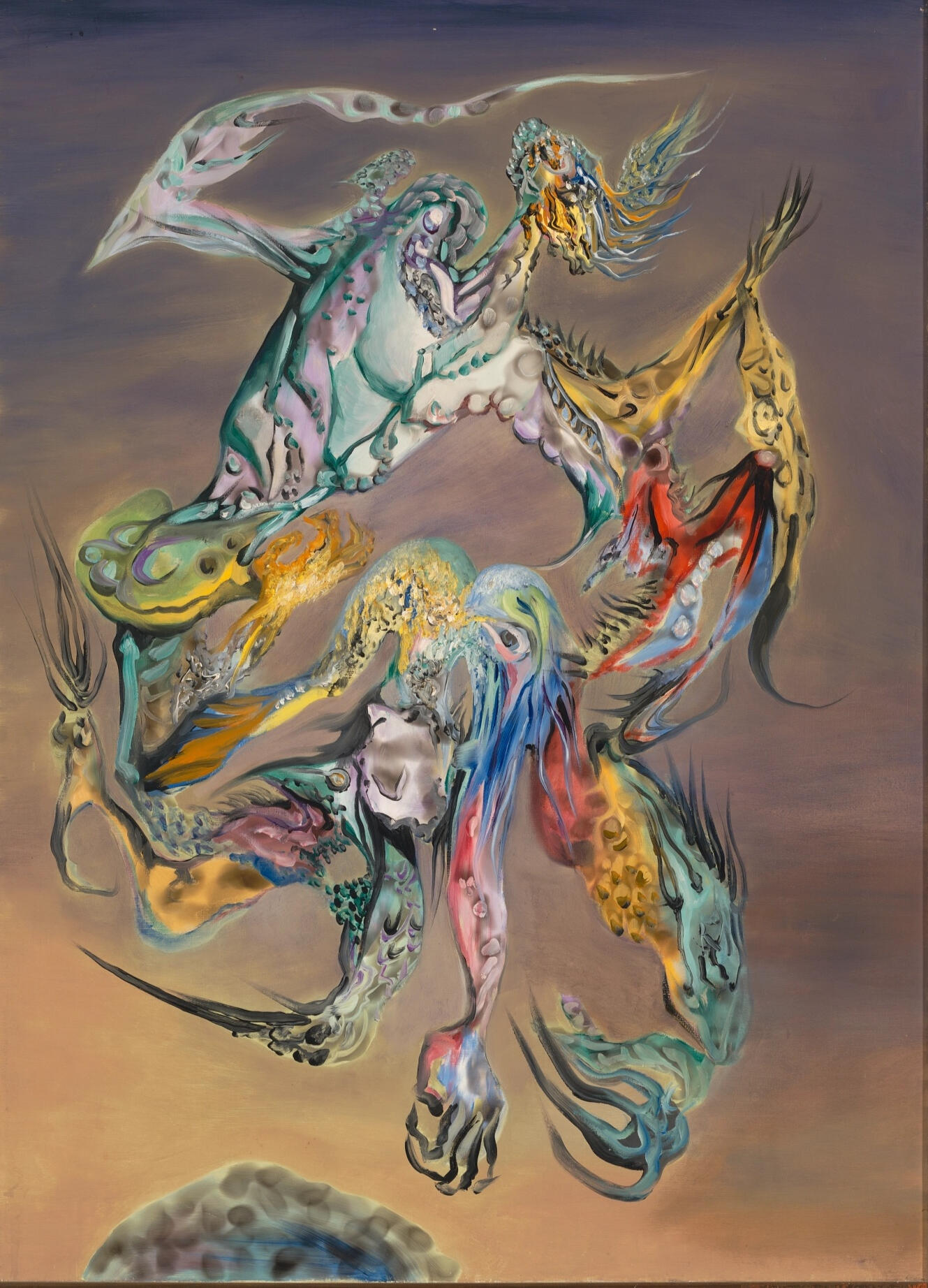
Surrealism
Advocated for a broader, science-informed approach to Surrealism, challenging André Breton’s strict ideological framework.
Colours
His work often balanced earthy, muted color schemes with sharp, luminous accents to heighten spatial illusion.
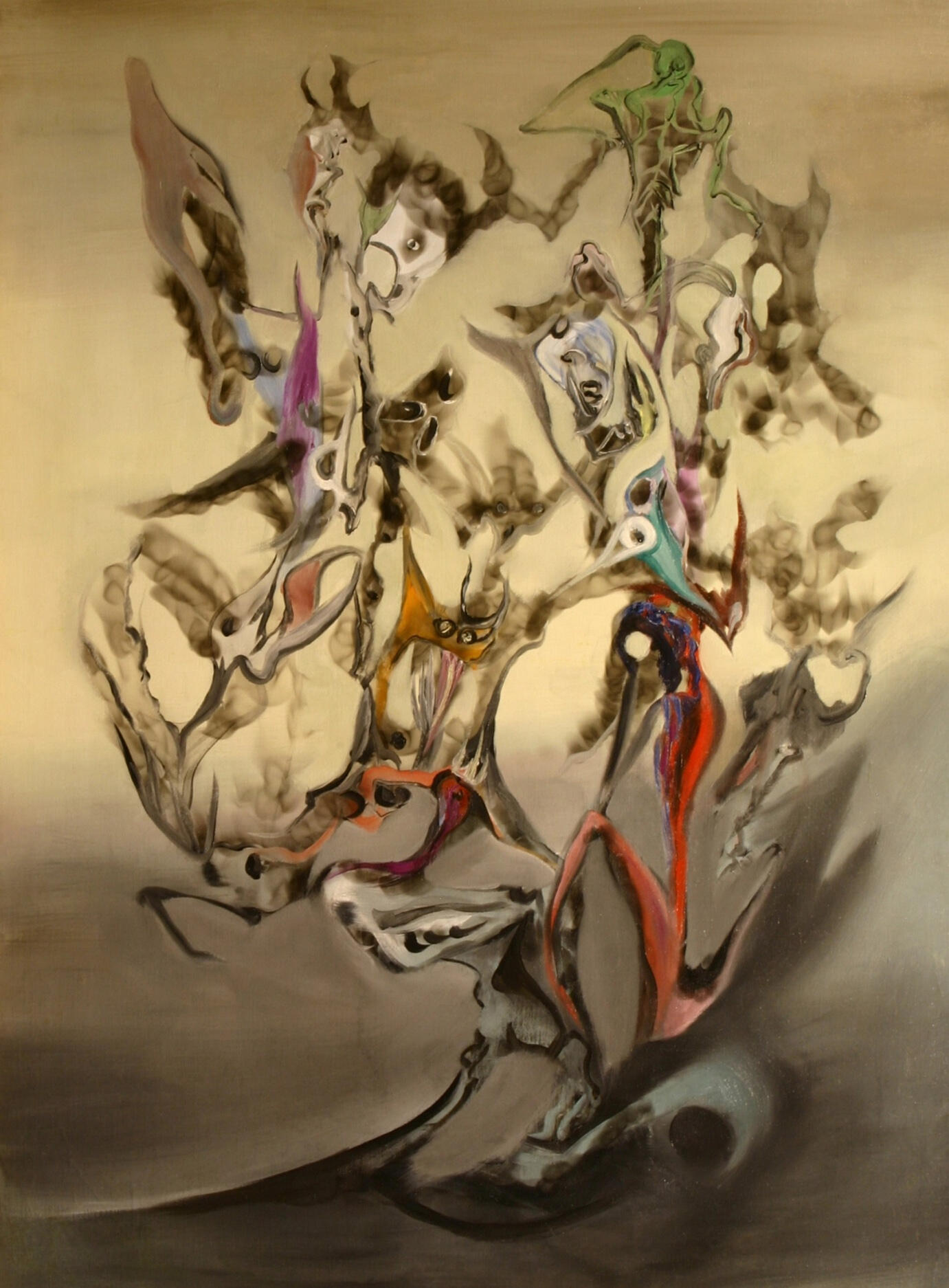
Cross Cultural Understanding
Merged visual art with anthropology, archaeology, and evolutionary theory, positioning art as a tool for cross-cultural understanding.
Influence
Anticipated aspects of Abstract Expressionism, influencing artists in New York through his writings and exhibitions.
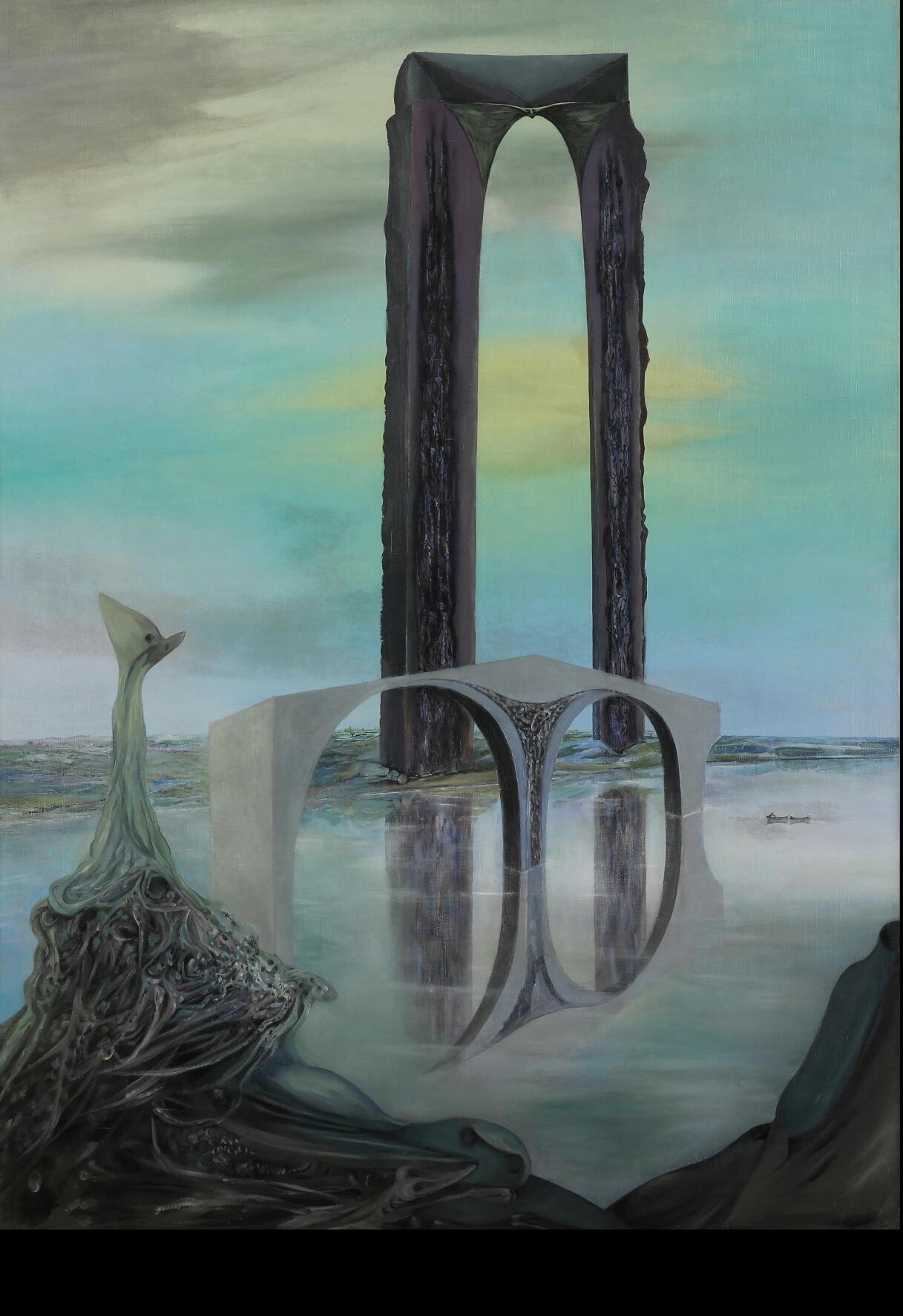
Death
Passed away in 1959 in Mexico, leaving behind a body of work that bridged European avant-garde traditions with the emerging modernism of the Americas.
